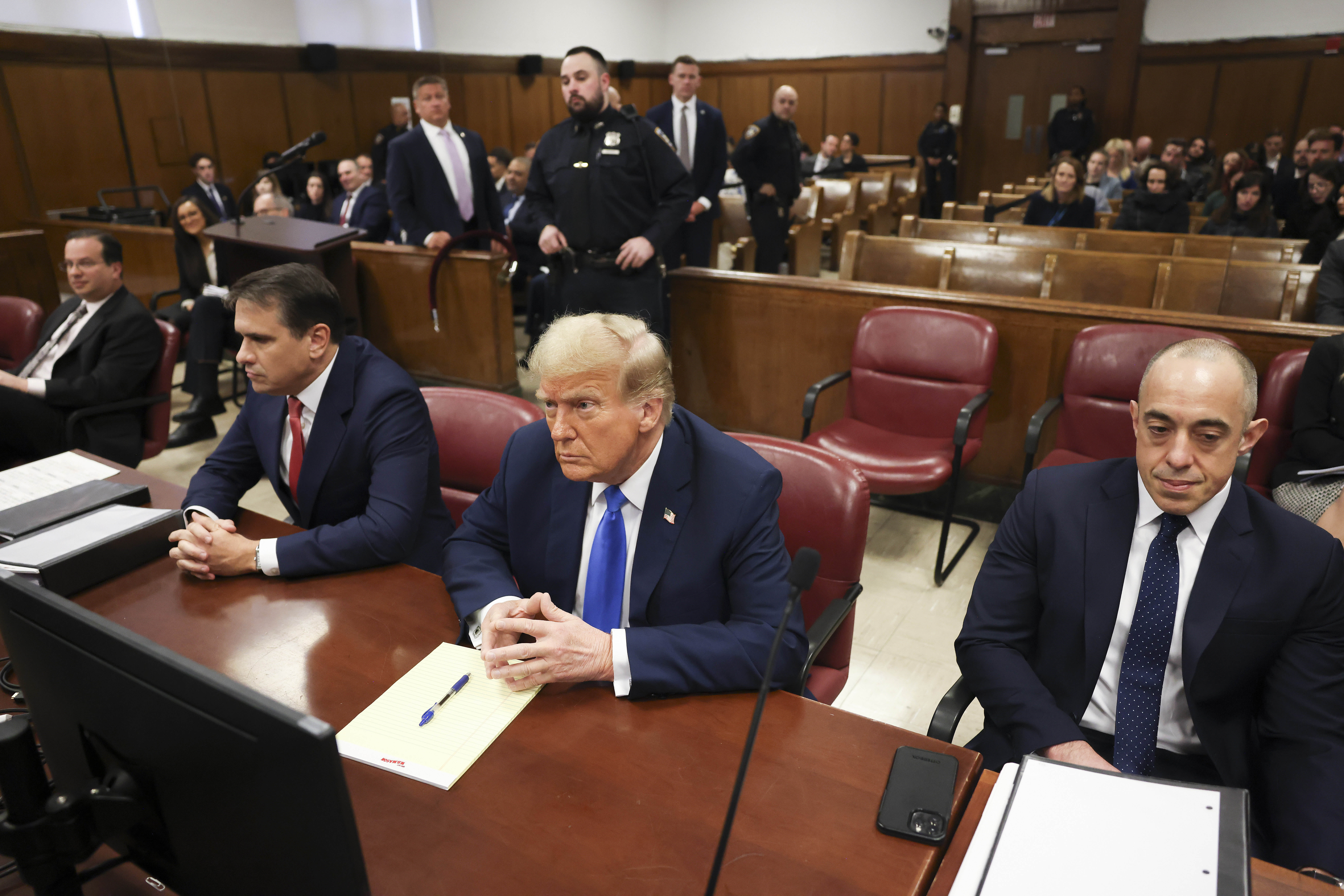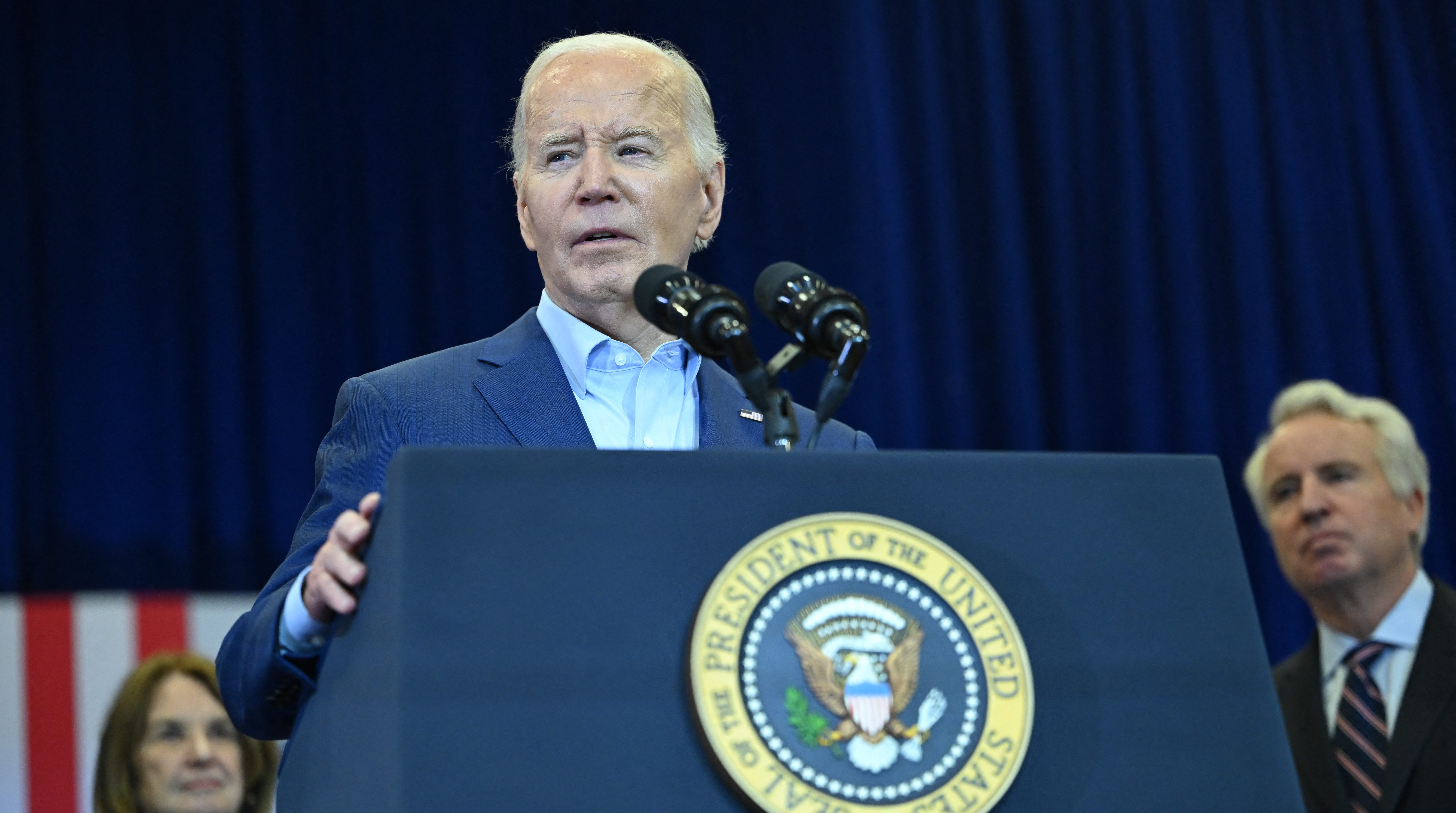Democrats controlling the Senate appear on track to pass their first budget in four years, promising a second, almost $1 trillion round of tax increases on top of more than $600 billion in higher taxes on the wealthy enacted in January.
The nonbinding but politically symbolic measure would protect safety-net programs for the poor and popular domestic priorities like education, health research and federal law enforcement agencies from cuts sought by House Republicans, who adopted a far more austere plan on Thursday morning.
The Democratic plan caters to party stalwarts on the liberal edge of the spectrum just as the House GOP measure was crafted to appeal to more recent tea party arrivals. The $1 trillion in new revenue would accrue over the coming decade and would be coupled with a net $875 billion in spending cuts, generated by modest cuts to federal health care programs, domestic agencies and the Pentagon and reduced government borrowing costs.
For more politics coverage, click on NBCNews.com
The GOP budget proposal, similar to previous plans offered by Budget Committee Chairman Paul Ryan, R-Wis., demonstrates that it's possible, at least mathematically, to balance the budget within a decade without raising taxes. But to do so Ryan, his party's vice presidential nominee last year, assumes deep cuts that would force millions from programs for the poor like food stamps and Medicaid and cut almost 20 percent from domestic agency budget levels assumed less than two years ago.
Ryan's plan passed the House on a mostly party-line, 221-207 vote, with 10 Republicans joining Democrats against it.
Senators braced for dozens of votes during a marathon session expected on Friday, with pessimists in the Capitol predicting a final vote on the Democratic plan in the pre-dawn hours of Saturday.
U.S. & World
That tall stack of votes follows up a quintet of politically freighted Senate tallies Thursday night, including a move by Democrats to force a vote on the controversial Ryan budget, which was rejected by a 59-40 vote, with five Republicans joining every Democrat in opposition.
Republicans countered with a move by Jeff Session, R-Ala., putting Democrats on record in opposition to balancing the budget by the end of the decade. It failed on a near party-line vote.
Indeed, Thursday's votes demonstrated the raw politics driving the budget debate, which is more a display of party positions and priorities than an attempt to move the combatants closer together.
The dueling House and Senate budget plans are anchored on opposite ends of the ideological spectrum in Washington, appealing to core partisans in warring GOP and Democratic tribes long gridlocked over how to attack budget deficits. The GOP plan caters to tea party forces while Senate Budget Committee Chairman Patty Murray, D-Wash., crafted a measure designed to nail down support from liberal senators like Bernie Sanders, I-Vt., and Tom Harkin, D-Iowa, who vehemently oppose cuts to safety net programs.
What the Ryan and Murray budgets both fail to do is reach out to the political middle, where any possible bargain would have to be forged. President Barack Obama has been reaching out to lawmakers in hopes of sparking a budget compromise that has proved so elusive.
But Murray's plan would actually increase government spending — on top of a baseline that already assumes automatic budget increases averaging more than 5 percent a year — after accounting for the $1.2 trillion cost of repealing the automatic cuts, known as sequestration. That means the net cuts to the deficit would amount to just a few hundred billion dollars in a federal budget estimated at $46 trillion or so over the coming decade.
Murray's position is that the automatic cuts were designed to prod Washington into action on the debt and were never intended to take effect. By that math, her budget promises $1.85 trillion in lower deficits after 10 years. She points out that Republicans on a 2011 deficit "supercommittee" used the same math when describing their proposals.
"Sequestration was not deficit reduction," Murray said. "It was there to trigger deficit reduction that would come from replacing it."
Murray's plan promises a $693 billion deficit in 2014, dropping to the $400 billion range for the middle years of the decade. While large, such deficits would hover just above 2 percent of gross domestic product, a level that many analysts see as economically sustainable.



